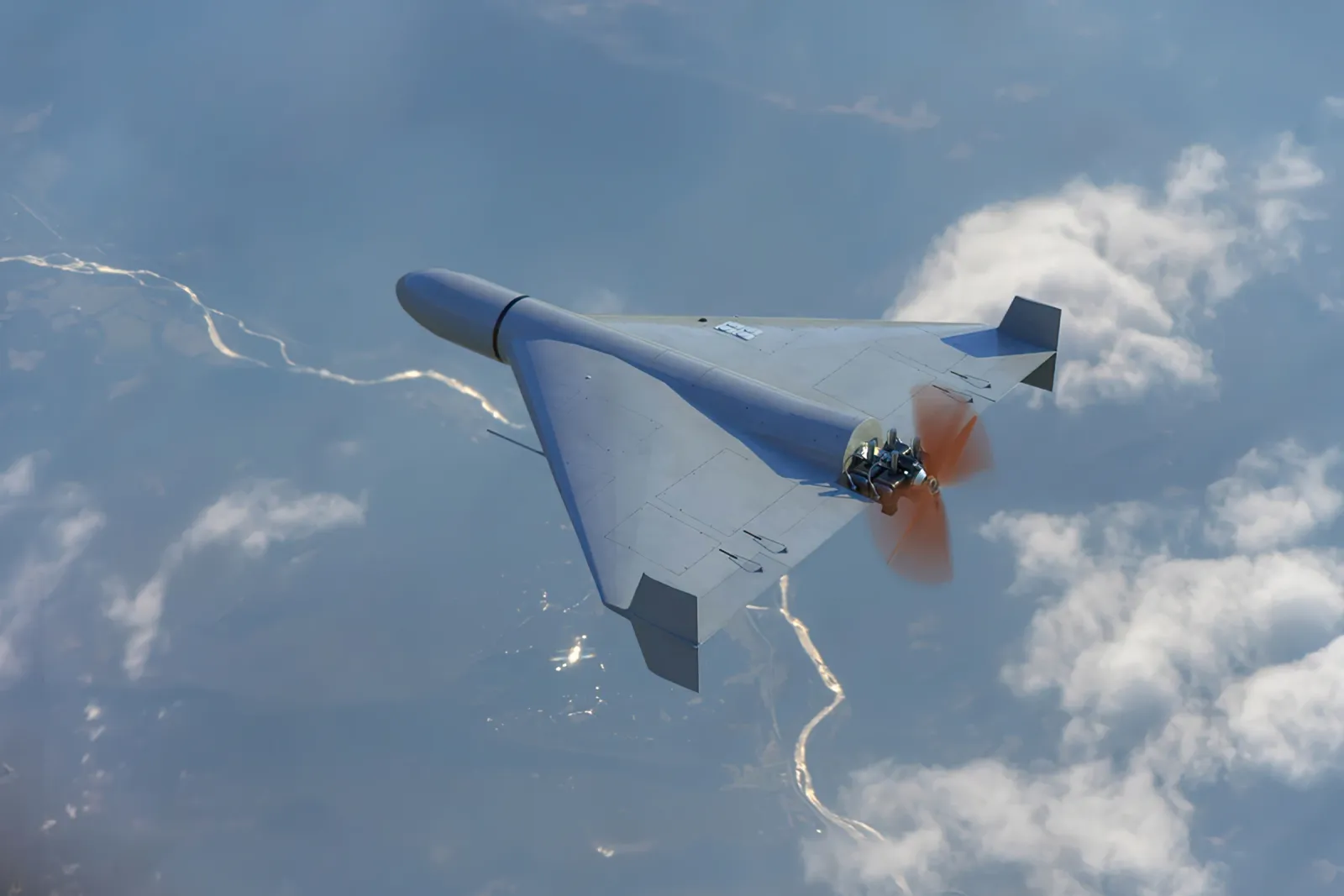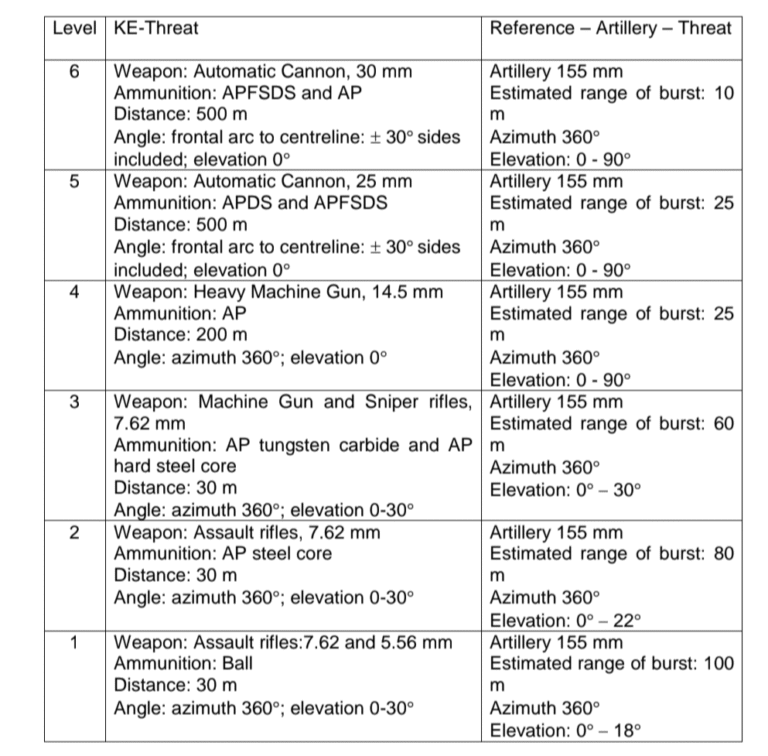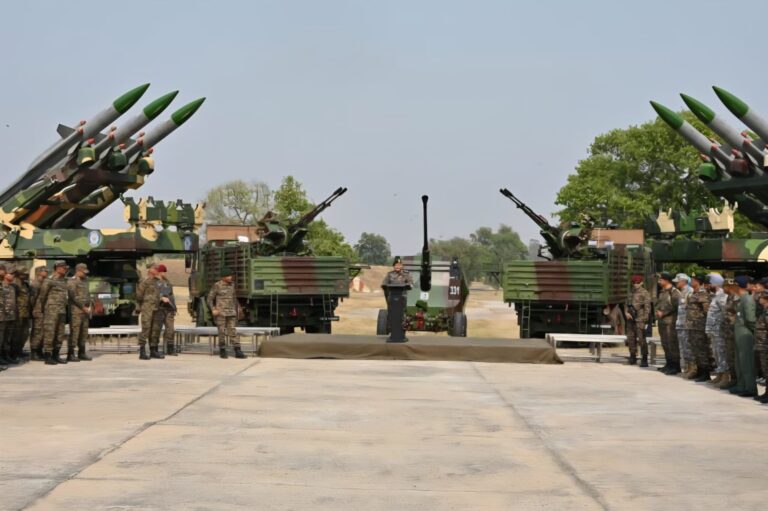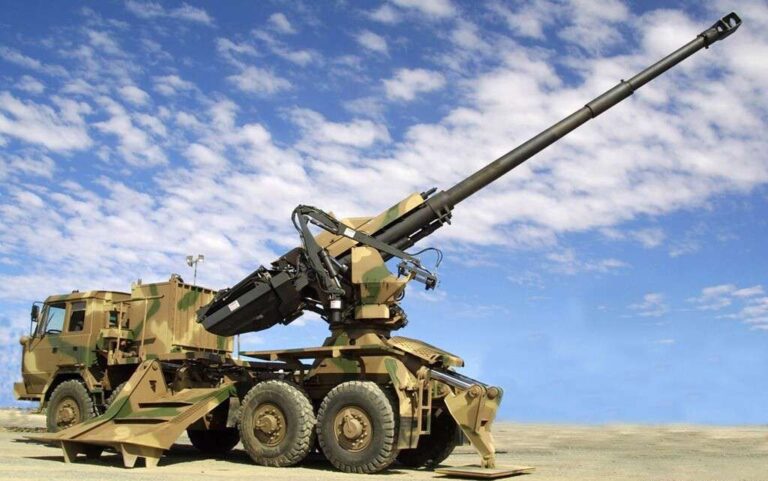In June 2025, Ukrainian air defense units intercepted what initially appeared to be a standard Shahed-136 drone over the Sumy region.
Upon closer examination, however, the platform revealed itself as far more advanced, Russia’s MS001, an autonomous unmanned aerial vehicle (UAV) integrating artificial intelligence, hardened navigation systems, and real-time targeting logic.
Ukrainian Major General Vladyslav Klochkov said in a LinkedIn post that this was not simply a drone. It was a turning point in modern warfare. “This is a digital predator,” he warned. “It doesn’t carry coordinates, it thinks.”
New ‘digital predator’ drone
Unlike traditional loitering munitions or manually guided attack drones, the MS001 operates without external commands.
Powered by Nvidia’s Jetson Orin supercomputer, a palm-sized AI module capable of 67 trillion operations per second, the drone can process thermal imaging, object recognition, telemetry, and onboard logic in real time, Klochkov said.
This computational edge allows the MS001 to autonomously detect, prioritize, and engage targets, even under GPS jamming or electronic warfare conditions.
Field analysis of the downed MS001 exposed a full suite of onboard systems designed for combat autonomy.
These included a thermal imager for night operations, a Nasir GPS module with CRPA (Controlled Reception Pattern Antenna) for spoof-resistant navigation, field-programmable gate array (FPGA) chips for adaptive logic, and a radio modem for telemetry and swarm coordination.
These components form the backbone of a platform that survives and thrives in electronic warfare.
The MS001 does not fly alone. It is designed to function within coordinated drone swarms, adjusting flight paths dynamically, sharing data with other units, and compensating for the loss of fellow drones.
This behavior mirrors the decentralized resilience of biological systems, except in this case, the predators fly in silence and decide their kills.
For many traditional air defense doctrines, this represents a foundational challenge. “Most air defense systems are unprepared for this,” said Klochkov. “It’s a threat to the entire doctrine of air defense.”
Russia’s UAV shift
Russia’s shift in UAV employment strategy began in early 2024, redirecting strikes from tactical frontline support to deep interdiction roles, energy infrastructure, logistics chains, and civilian systems far from the front.
In this context, the MS001 is a technological innovation and a strategic instrument. It shapes the battlespace, attacking vulnerable nodes in Ukraine’s civil and military rear. It does not merely deliver payloads; it delivers disruption.
The Jetson Orin chip inside the drone also tells a story about technological diffusion and sanctions resilience.
The United States has banned advanced chip exports to Russia since 2022 and placed hundreds of buyers on trade blacklists.
Nonetheless, intelligence assessments indicate that in 2023 alone, more than $17 million worth of Nvidia components reached Russia through gray-market channels.
Smugglers disguise AI chips as consumer electronics, break shipments into small quantities, and route them via Hong Kong, Singapore, Turkey, and China. The result: sanctioned technologies continue to shape the battlefield.
Another Russian UAV, dubbed the V2U, was recently found to use the same Jetson Orin module, this time mounted on a Chinese Leetop A603 carrier board.
Described as a smart suicide drone, the V2U is believed to follow similar operational logic, autonomous decision-making, adaptive targeting, and high resistance to electronic countermeasures.
These systems represent the operationalization of AI, not in theory but in live combat deployments.
Tomorrow’s combat AI
Meanwhile, Western efforts remain in development or testing stages. In the United States, Anduril Industries has introduced AI-powered kamikaze drones, and the US Air Force has successfully tested autonomous fighter jets capable of defeating human pilots in simulated dogfights.
However, the operational tempo remains asymmetric. Russia is fielding these systems today, not years from now.
Major General Klochkov’s assessment is clear: “Russia is already field-testing tomorrow’s combat AI. While we hold procurement rounds, they’re integrating tech into a single adaptive system.”
This is a warning as much as an observation. In warfare, timing is often decisive. Technology only matters if it is deployed and if it works.
Ultimately, the MS001 is not just an evolution of the Shahed platform. It represents a doctrinal shift: from pre-programmed weapons to autonomous hunters.
From centralized command to distributed cognition. The real danger lies not in its specifications, but in what it reveals is a new model of war where drones do not follow orders; they execute intentions.
“We are not only fighting Russia,” Klochkov concluded. “We are fighting inertia.”
“And unless that inertia is broken decisively, the next generation of autonomous systems, already airborne, will shape the future of war, with or without us.”
























